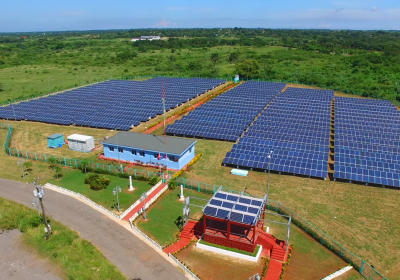Cuba has been revitalising its energy sector for the past 25 years, reports Ian Ellis-Jones. The result has been a rise in efficiency and a significant reduction in emissions.
disaster management
Cuba stands out as a world leader in natural disaster preparedness and recovery with its people-centred approach. Australia could learn a thing or two, argues Ian Ellis-Jones.
The interim report into the Royal Commission into National Natural Disaster Arrangements found fault with all levels of government, but it is yet to comment on the cause of the catastrophic Black Summer fires, writes Jim McIlroy.
While some do not want to discuss the cause of Australia’s horrendous bushfires — runaway climate change — even fewer want to talk about how catastrophic fires are disproportionately affecting women and how it should be tackled. Mary Merkenich looks at the way women cope in emergencies and how the system treats them.




